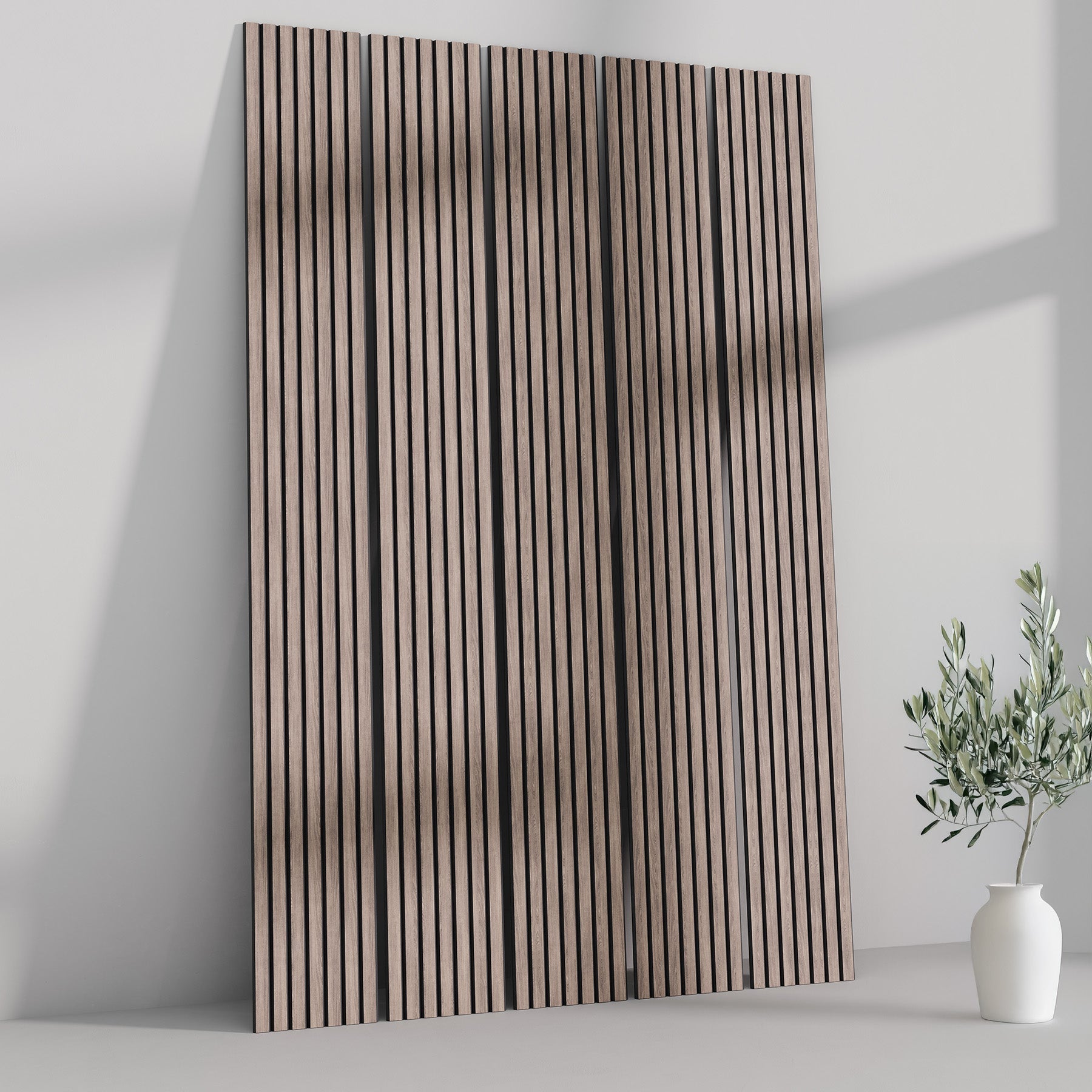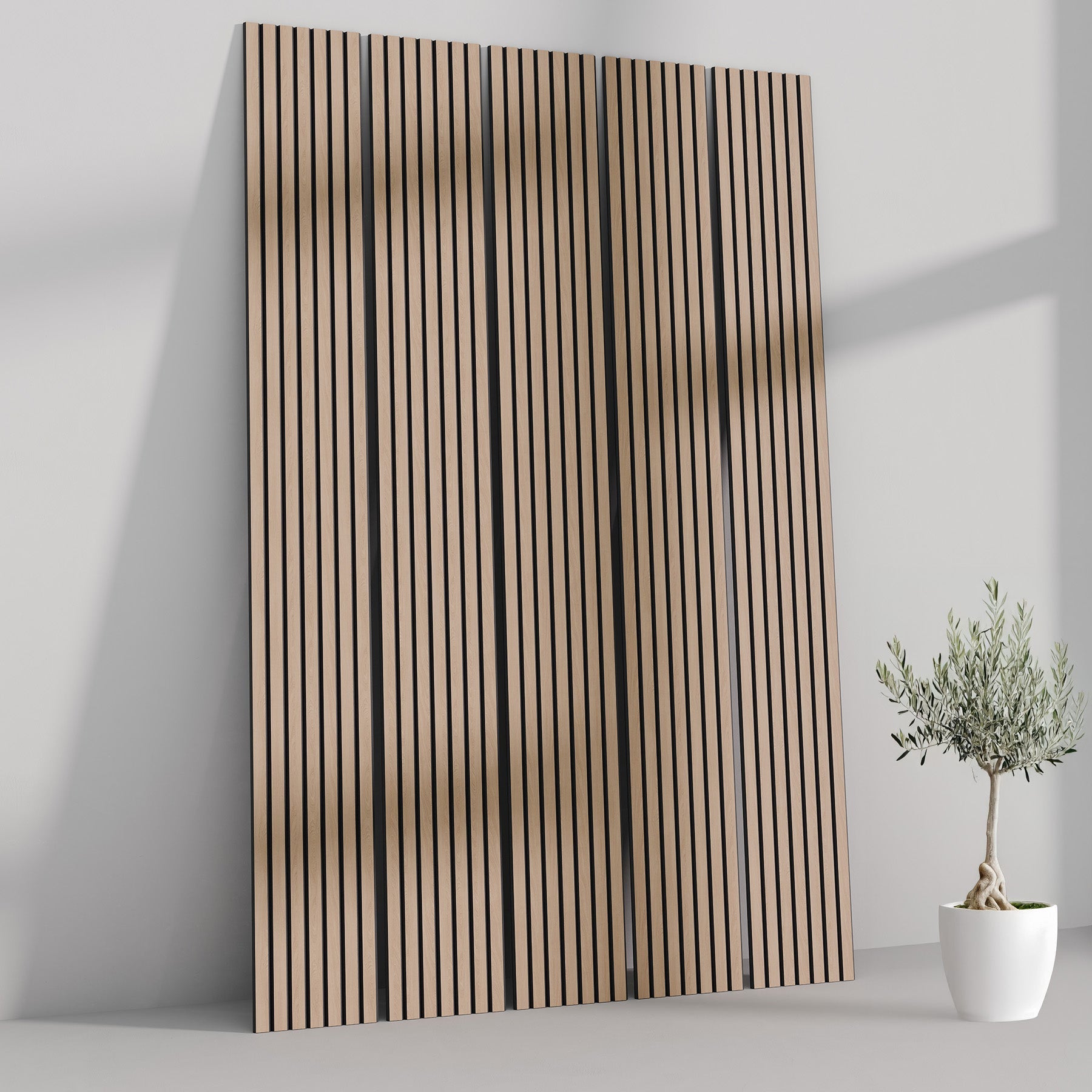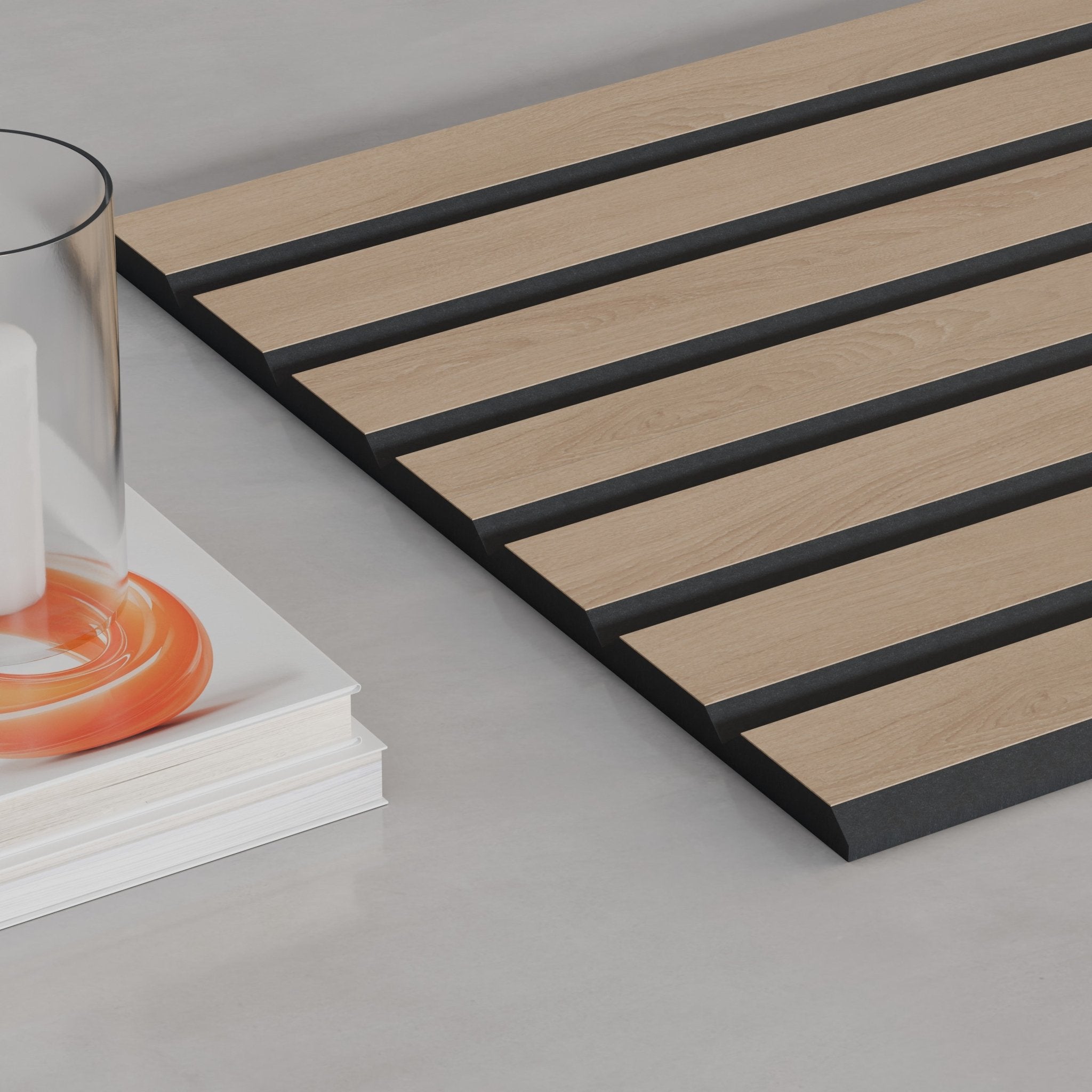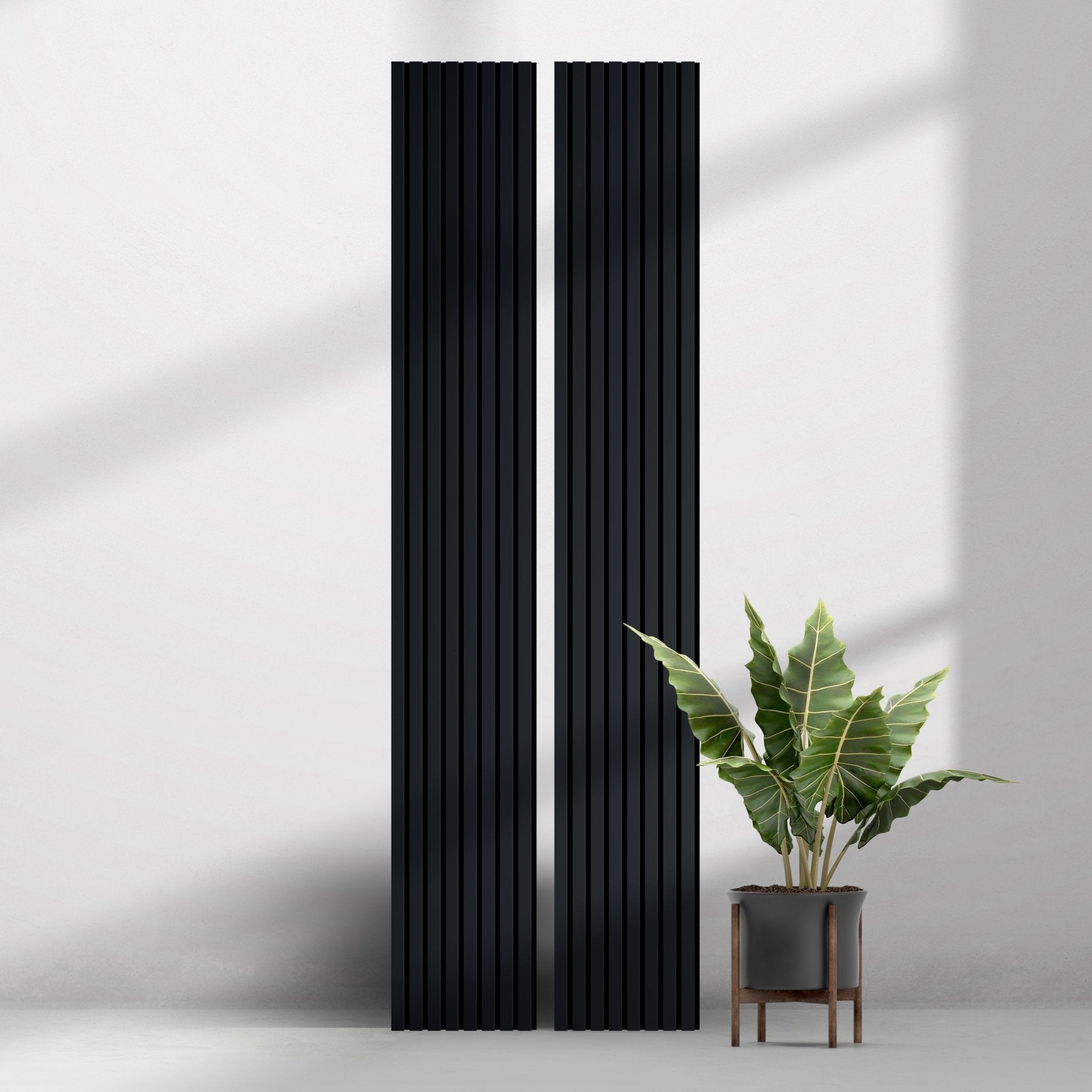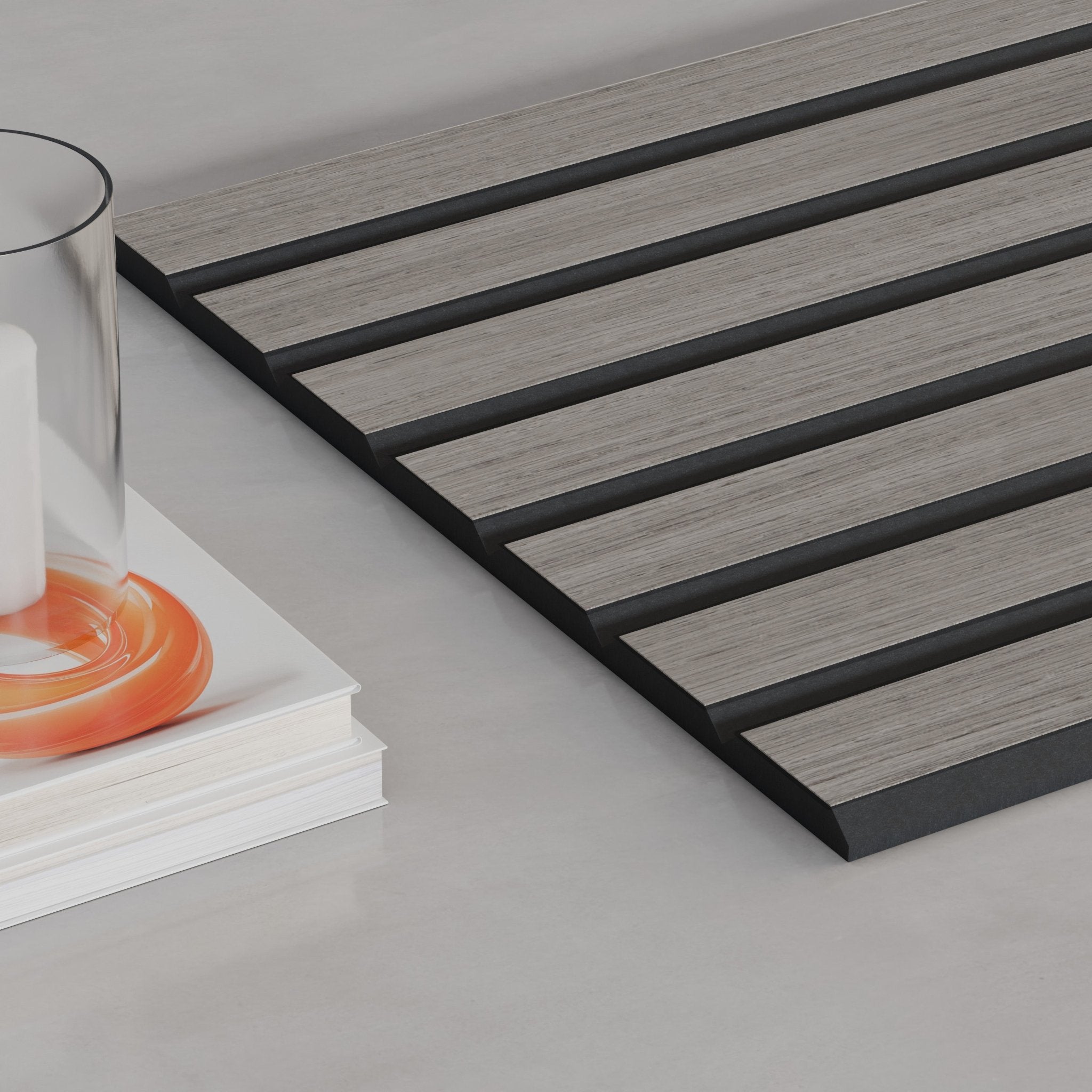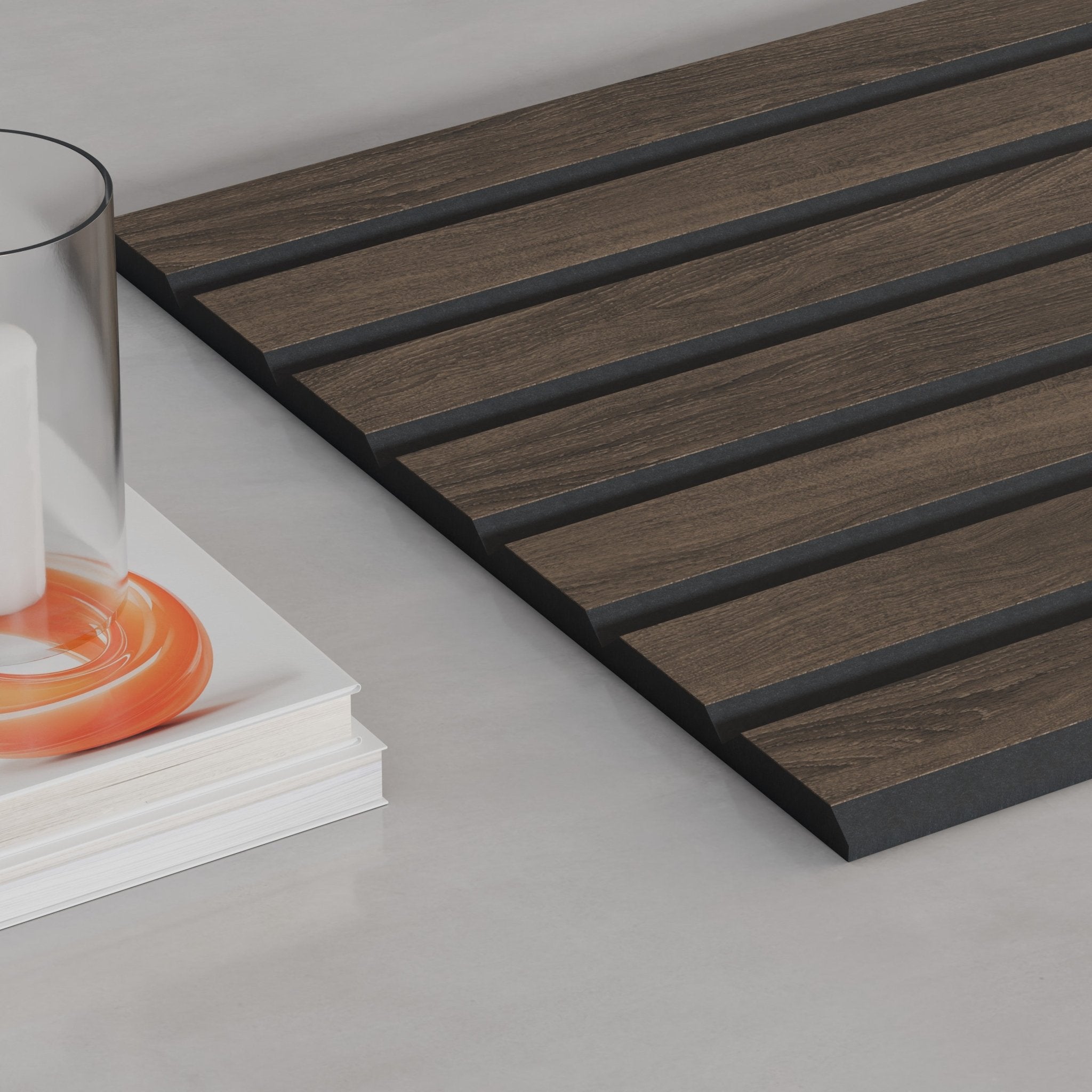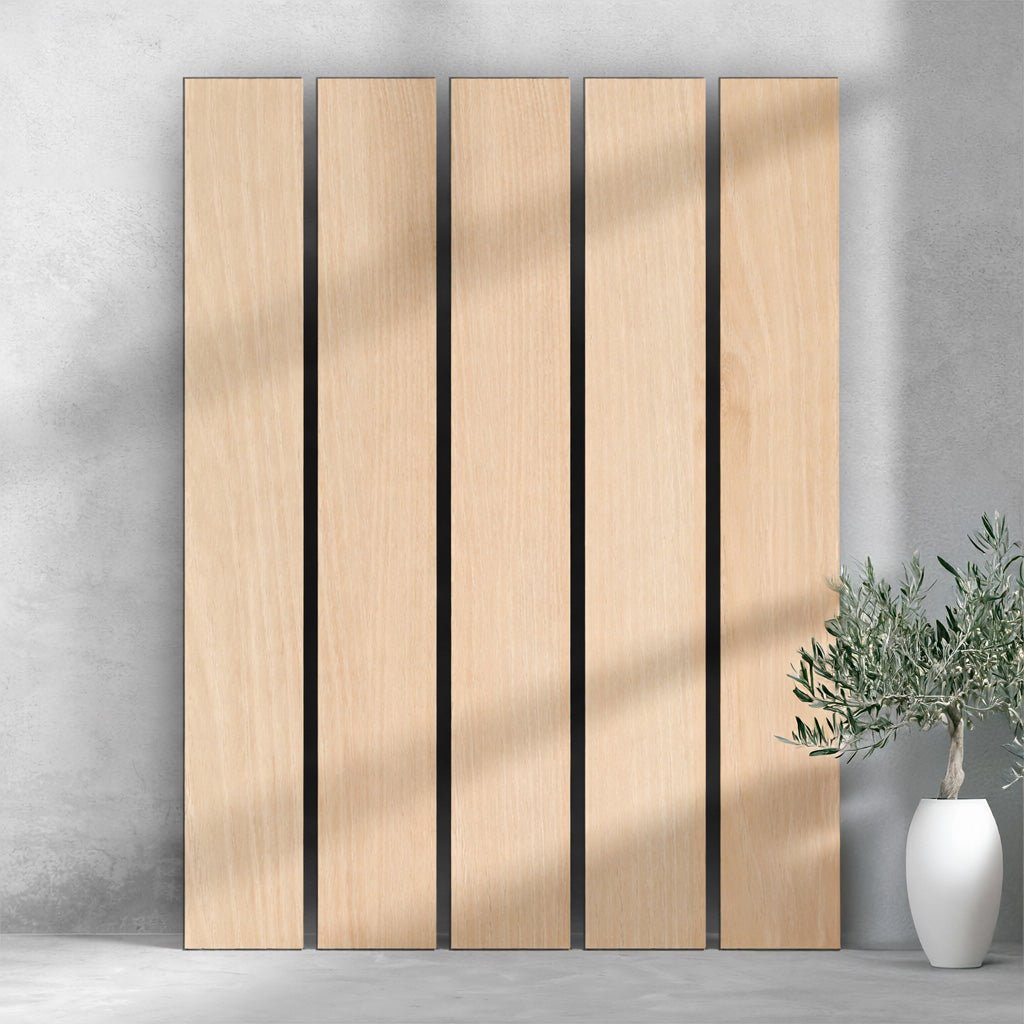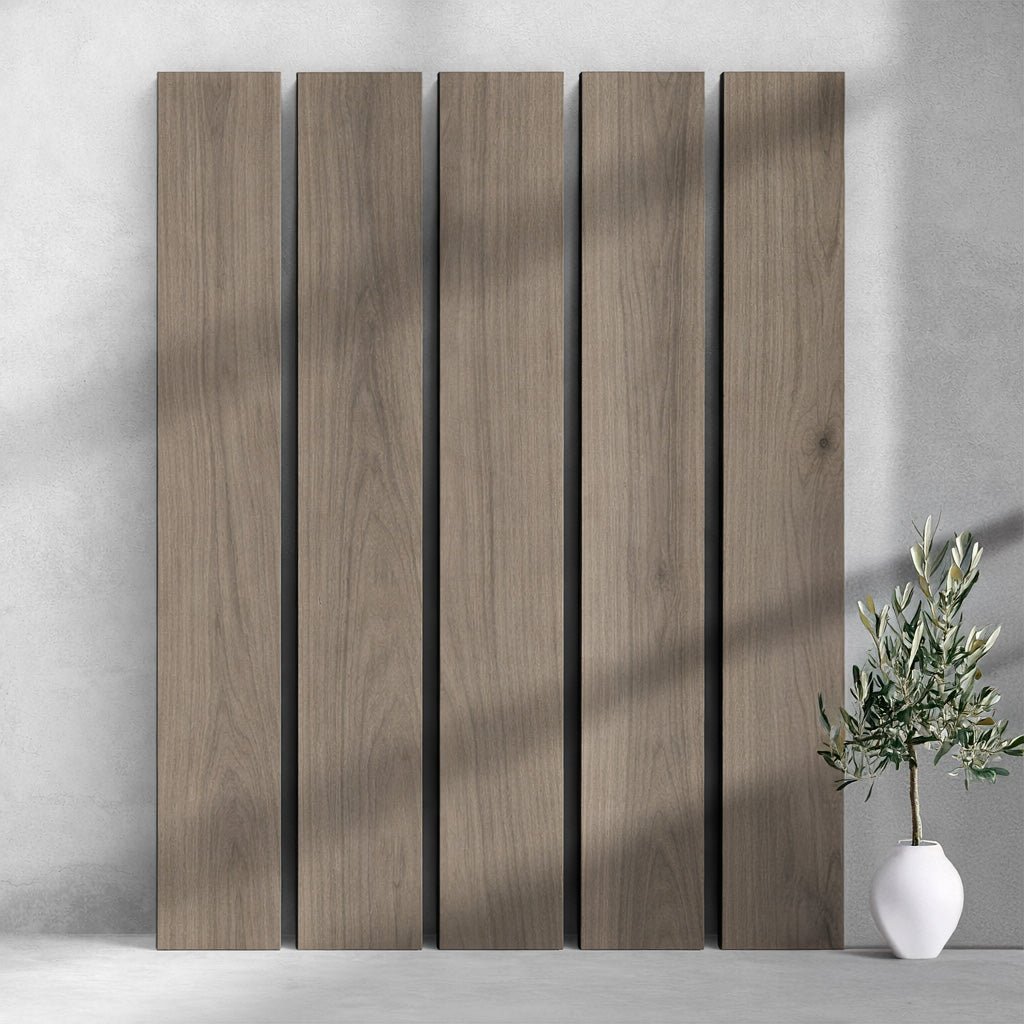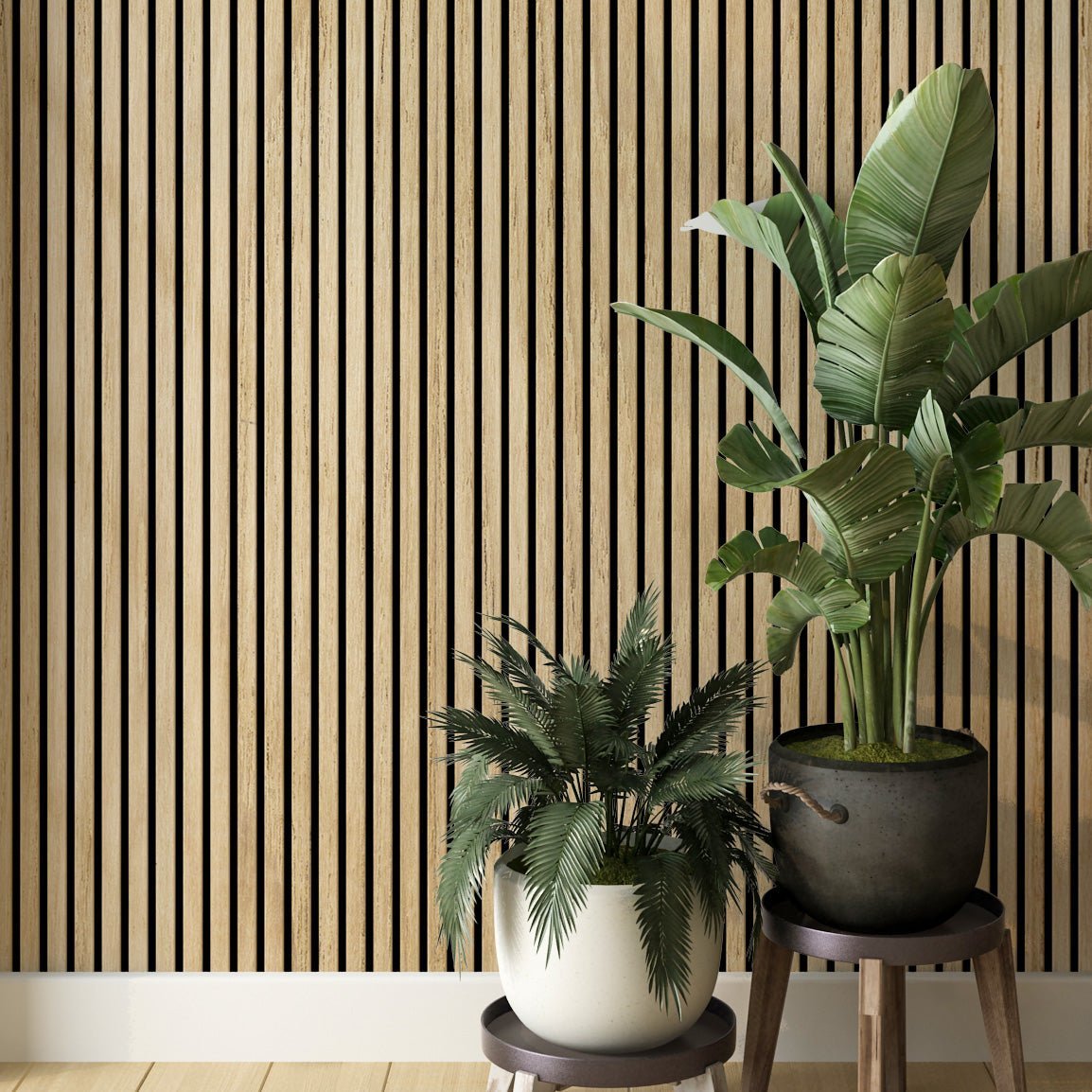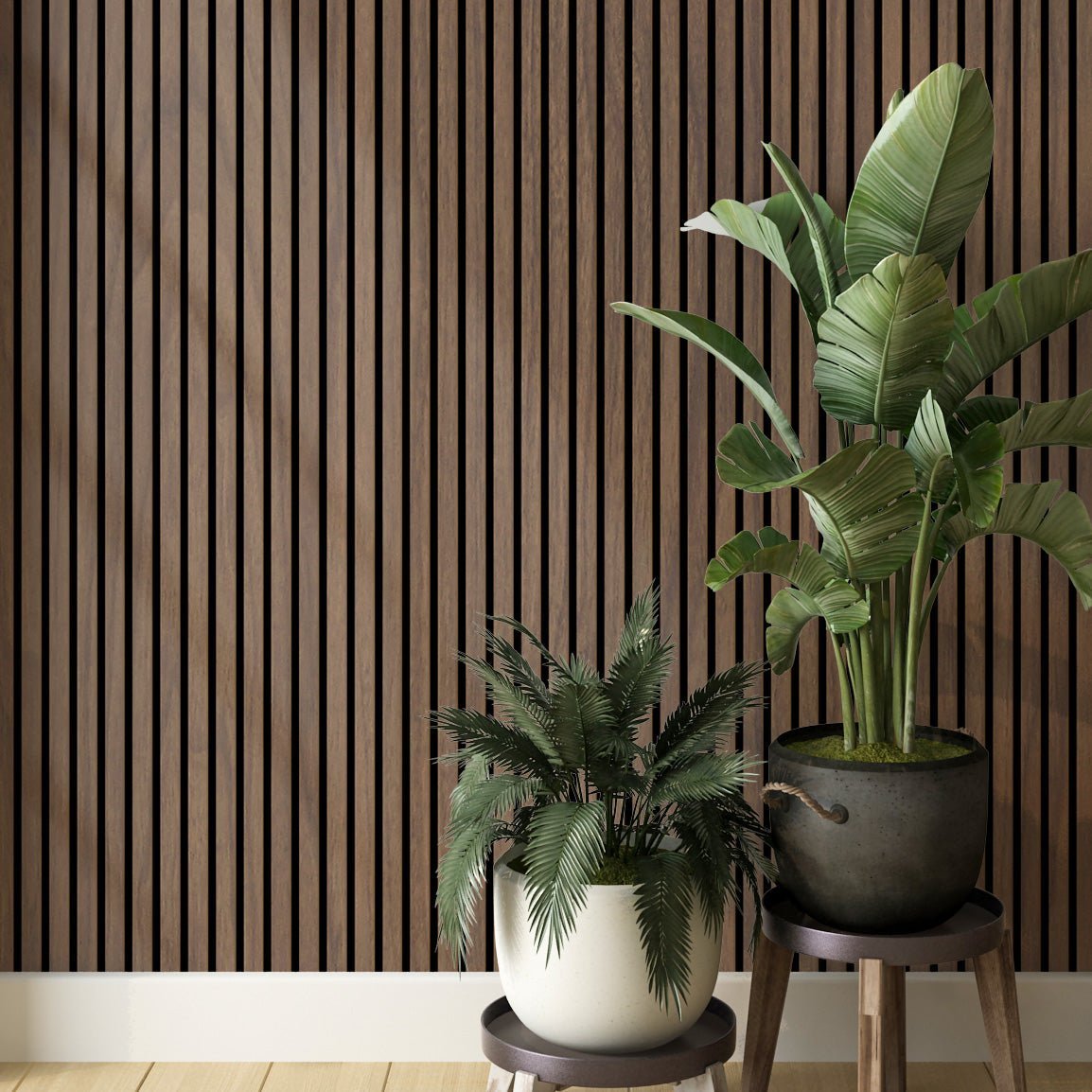Introduction
Acoustic design is not just about creating spaces that sound good; it's also about impacting human well-being. Wood slat acoustic panels, known for their superior sound absorption qualities, offer more than aesthetic appeal. They have a psychological impact that extends beyond the functional aspects of soundproofing. This article delves into the fascinating correlation between these panels and psychological well-being.
The Importance of Sound in our Lives
Sound and Stress
Unwanted noise can elevate stress levels, increase blood pressure, and even impact sleep quality. A well-designed acoustic environment can mitigate these negative effects.
Focus and Productivity
Good acoustics can enhance focus and productivity, particularly important in office settings where noise distractions can impede work.
How Wood Slat Acoustic Panels Help
Sound Absorption
Wood slat acoustic panels are effective at absorbing excess sound, thereby reducing echoes and reverberations in a room. This can create a more calming and focused atmosphere.
Sound Quality
These panels can enhance the quality of sound, making musical experiences more enjoyable and conversations more engaging, contributing to overall well-being.
Psychological Benefits
Reduced Anxiety
In healthcare settings, good acoustics can reduce patient anxiety. The sound-absorbing properties of wood slat panels can contribute to a quieter and more soothing environment.
Enhanced Social Interactions
In social settings like restaurants or cafes, reducing background noise can lead to more enjoyable and meaningful conversations, thereby improving social well-being.
The Aesthetic Factor
Visual Comfort
The warm and natural look of wood can contribute to a sense of peace and calm, adding another layer of psychological comfort.
Biophilic Design
Wood is often used in biophilic design, which seeks to connect people more closely to nature. The natural elements of wood can subconsciously improve mental well-being.
Case Studies
Educational Institutions
Schools that have installed wood slat acoustic panels have reported an increase in student focus and a decrease in behavioral issues.
Work Environments
Offices with effective acoustic design have seen an increase in employee satisfaction and a reduction in stress-related health issues.
Conclusion
The integration of wood slat acoustic panels in architectural design offers more than just functional benefits; it can also have a significant positive impact on psychological well-being. By understanding the powerful role that sound plays in our mental state, designers and architects can create spaces that contribute to healthier, happier lives.


